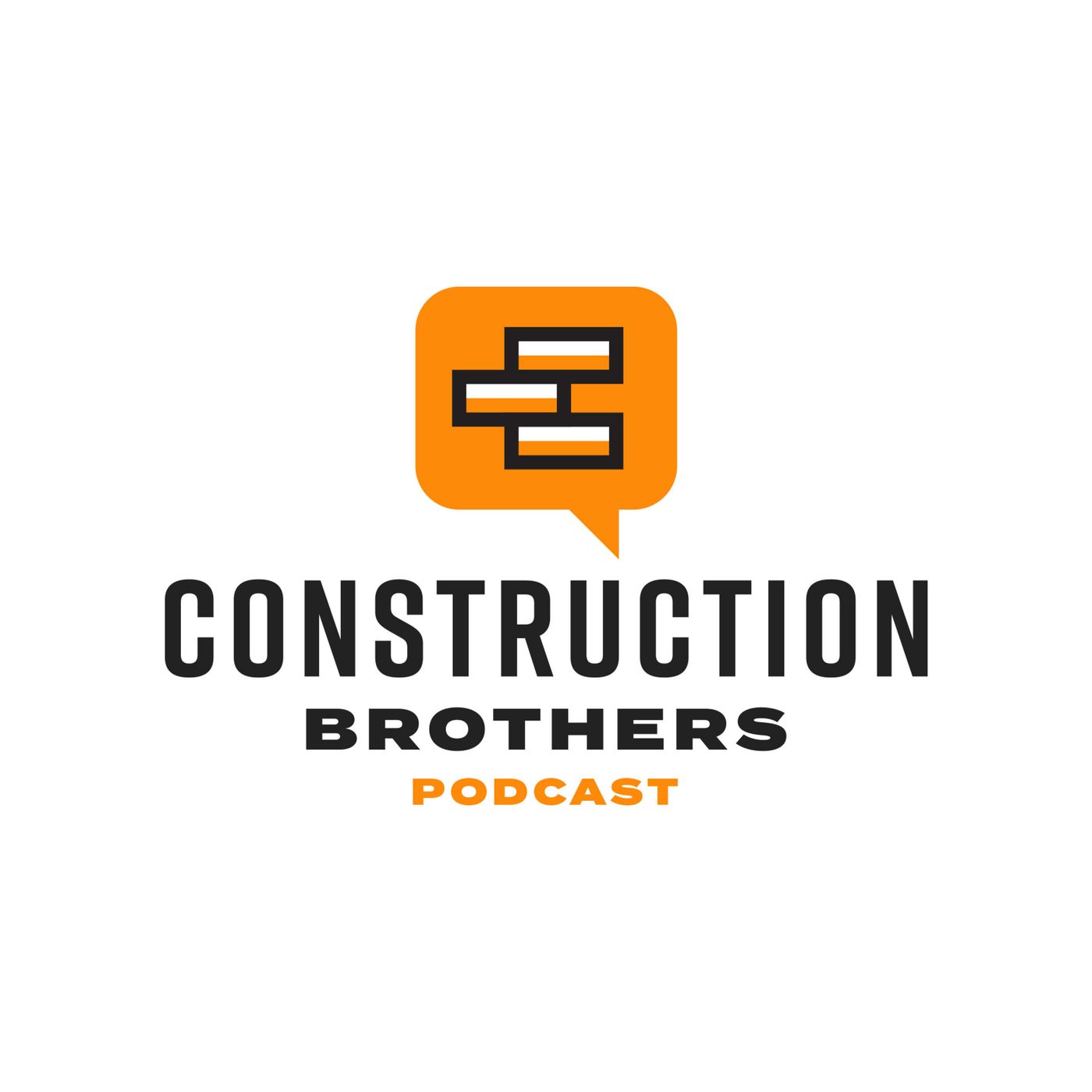Construction Brothers
A Civil Engineer Speaks (feat. Richard Racz)

Rich Racz has been working as an engineer within the construction industry for seven years. He started out in Massachusetts and then jumped over the entire continental US to settle in Portland, Oregon. We start today’s conversation with some talk about engineering classifications. Rich is a PE working on an SE. This means his license is in professional civil engineering, but he is on his way to qualifying as a structural engineer. Most of Rich’s projects involve steel, concrete, and masonry. These projects are usually broken down into two phases:
- The design phase, in which you work with the owner and architect to design the frickin’ thing
- The construction-administration phase, in which the engineer works hand-in-hand with the contractor to build the thing
- Preparing RFIs: Have a possible solution in mind before you point out a problem.
- Submittals: Be sure to do your due diligence during the submittal phase. Avoid the need for a revise-and-resubmit.
- Prioritizing RFI’s and issues onsite: On this point, Rich is more interested in hearing a designer/contractor’s perspective rather than sharing his own insights. Eddie says that he would find it helpful to have a more honest, forthright project schedule. What is truly critical. How can we reduce the sense of false urgency. (Easy rule: If there’s a crane onsite, it’s truly hot.)
- Pick up the phone: If the engineer fails to acknowledge a truly hot RFI, pick up the phone and talk to him or her about it. You might be surprised at how this builds relationships.
- Broadcast on:
- 29 Mar 2023
Rich Racz has been working as an engineer within the construction industry for seven years. He started out in Massachusetts and then jumped over the entire continental US to settle in Portland, Oregon. We start today’s conversation with some talk about engineering classifications. Rich is a PE working on an SE. This means his license is in professional civil engineering, but he is on his way to qualifying as a structural engineer. Most of Rich’s projects involve steel, concrete, and masonry. These projects are usually broken down into two phases:
- The design phase, in which you work with the owner and architect to design the frickin’ thing
- The construction-administration phase, in which the engineer works hand-in-hand with the contractor to build the thing
- Preparing RFIs: Have a possible solution in mind before you point out a problem.
- Submittals: Be sure to do your due diligence during the submittal phase. Avoid the need for a revise-and-resubmit.
- Prioritizing RFI’s and issues onsite: On this point, Rich is more interested in hearing a designer/contractor’s perspective rather than sharing his own insights. Eddie says that he would find it helpful to have a more honest, forthright project schedule. What is truly critical. How can we reduce the sense of false urgency. (Easy rule: If there’s a crane onsite, it’s truly hot.)
- Pick up the phone: If the engineer fails to acknowledge a truly hot RFI, pick up the phone and talk to him or her about it. You might be surprised at how this builds relationships.